Mosquito Control Treatments
Pinellas County aims to provide an environment as mosquito-free as possible for the comfort and well-being of our residents and visitors. Mosquito prevention and treatment services are provided to the entire county. However, at Pinellas County Mosquito Control, we are not solely a spray operation. Our mosquito control treatments go beyond your typical “mosquito spraying” and focus on prevention. We do this by practicing Integrated Pest Management (IPM) utilizing multiple control methods tailored to the situation at hand. Using varied treatment rotations is critical to preventing and fighting resistance within our mosquito population.
For more information on planned and recent mosquito control treatments, please use our interactive treatment map.
How does Pinellas County control mosquitoes?
Physical Control
Eliminating the mosquito breeding source is the most effective way to prevent mosquitoes. Source reduction includes dumping out standing water to eliminate mosquitoes. We also partner with our Stormwater and Vegetation Management groups to keep ditch lines and pipes flowing to prevent standing water.

Biological Control
The Eastern mosquitofish is native to the state and found throughout. Mosquitofish feed on immature mosquitoes in the larval and pupal life stages!
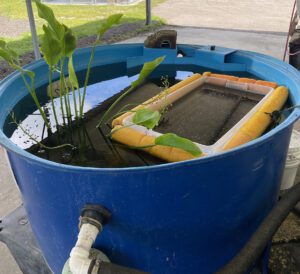
We breed mosquitofish to selectively stock our waterways and distribute during Service Requests.
Larviciding
Larviciding is treatment of immature mosquitoes. Preventative treatment of immature mosquitoes eliminates them before they bite and spread disease! Treatment is done by hand, backpack, truck or helicopter and utilizes biologicals such as mosquito-specific bacterium, insect growth regulators and oils.


Active Ingredients
- Bti / Bs – Is mosquito-specific soil bacteria that kills mosquito larvae. Mosquitoes have a unique gut pH that causes the release of gut disrupters from the bacteria that create holes in the mosquito’s gut. The bacteria are safe for people, animals, and other insects. This treatment comes in granular, tablet and liquid form.
- Spinosad – Derived from a soil bacterium, Spinosad acts on receptors in the mosquito’s nervous system leading to paralysis and death. Spinosad is nonpersistent in the environment and degrades with exposure to sunlight. This treatment comes in liquid, granular and tablet form.
- Methoprene – An insect hormone mimic that prevents mosquitoes from completing metamorphosis. Methoprene is a contact product used when technicians find mosquitoes in later life stages when biologicals are no longer effective. This treatment comes in liquid, granular, pellet, and briquette form.
- Larviciding Oil – Oils control mosquito larvae and pupae through suffocation when applied to the surface of the water. These oils break down in sunlight leaving no residual behind. Larviciding oils are a physical control method that mosquitoes have developed no resistance to.
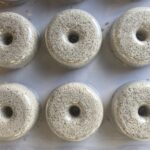
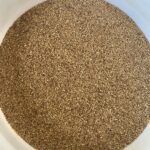
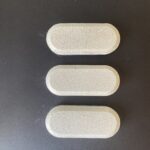

Adulticiding
Adulticiding is treatment of adult mosquitoes. Treatment is only by ultra-low volume (ULV) truck-mounted systems, known as foggers. The systems produce a fine mist that kills mosquitoes on contact. 1½ ounces of product is used over roughly a football field-sized area and breaks down within hours. Treatment occurs in the early morning, between 2-6:30 a.m. to avoid people and pollinators.
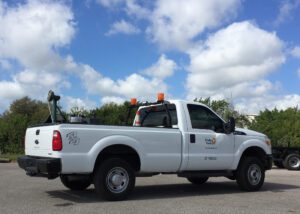
Active Ingredients
- Pyrethrin – An adult mosquito treatment that acts on a mosquito’s nervous system, leading to overstimulation and death of the mosquito. These are one of the oldest-known insecticides, a botanical insecticide produced naturally by flowers in the chrysanthemum family. These treatments are of low risk to people or animals and breakdown rapidly in sunlight.
- Pyrethroid – An adult mosquito treatment that acts on a mosquito’s nervous system, leading to overstimulation and death of the mosquito. Pyrethroids mimic naturally derived Pyrethrin. These treatments are of low risk to people or animals and breakdown rapidly in sunlight.
- Organophosphate – An adult mosquito treatment that acts on a different part of a mosquito’s nervous system, leading to overstimulation and death of the mosquito. Adding this treatment helps fight resistance in our adult mosquito population. These treatments are of low risk to people and animals and breakdown rapidly in the environment.